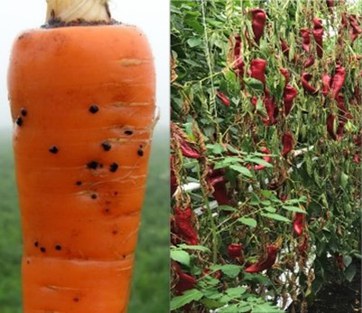Insights into soil-borne pathogens: characterization of Swedish Rhizoctonia solani strains and xylem adaptations of Verticillium dahliae
Shirley Marcou (PhD researcher and assistant)
Next to my tasks as the professor’s assistant, I conduct research on the soil-borne pathogens Rhizoctonia solani and Verticillium dahliae. My first research project involves the isolation and characterisation at anastomosis group-level of over 200 Swedish R. solani isolates from various crops including carrot. The second focus is on the fungal wilt pathogen Verticillium dahliae, known for causing stunted growth and wilt symptoms in more than 200 plant species, including sweet pepper. V. dahliae can persist in soil for extended periods and invades the plant’s xylem, a nutritionally poor environment. To thrive in this niche, vascular pathogens must have developed mechanisms to enhance the nutrient levels in the xylem. In our research project, we employ a unique approach combining biochemical, ecophysiological, molecular, and microscopy techniques to gain novel insights into the behaviour of V. dahliae within the nutrient-poor xylem.

